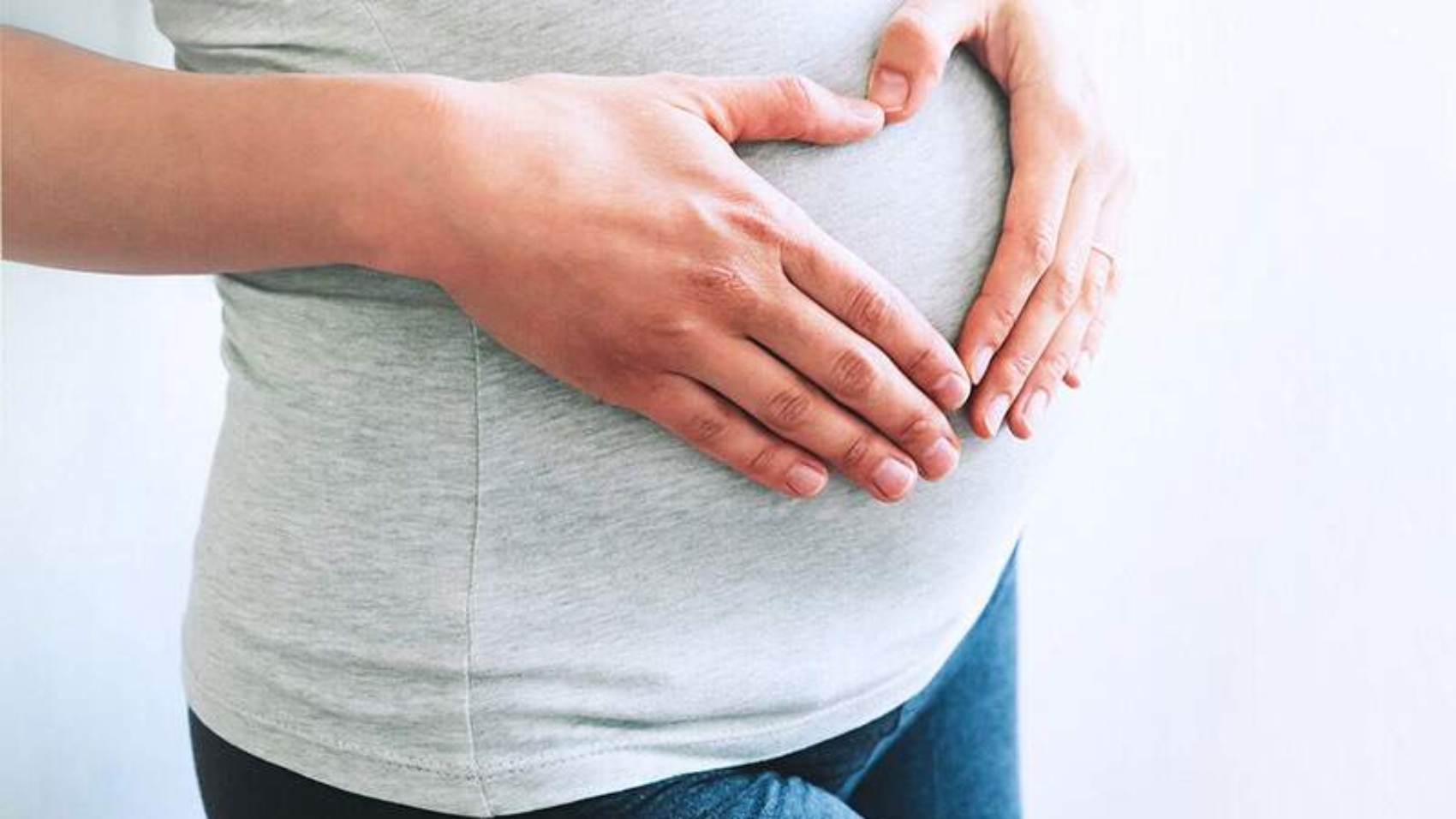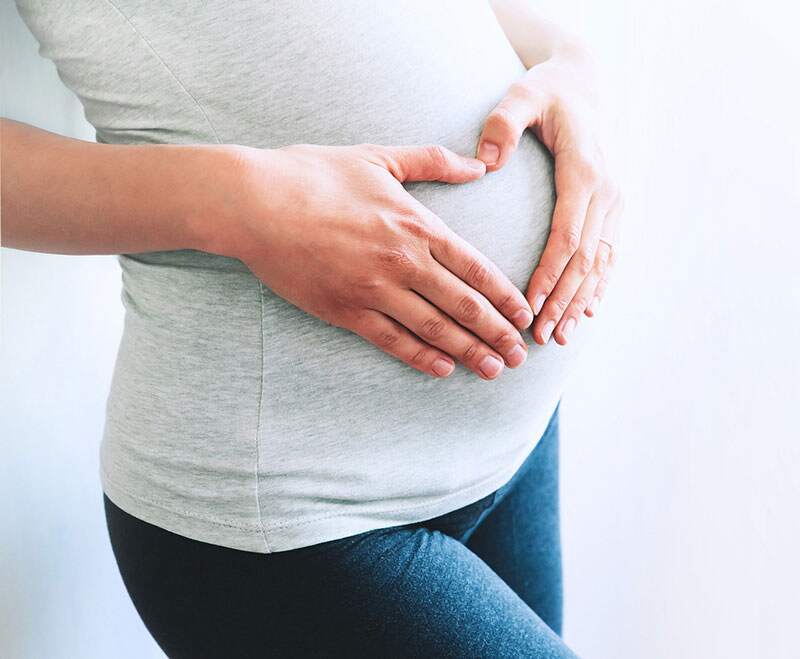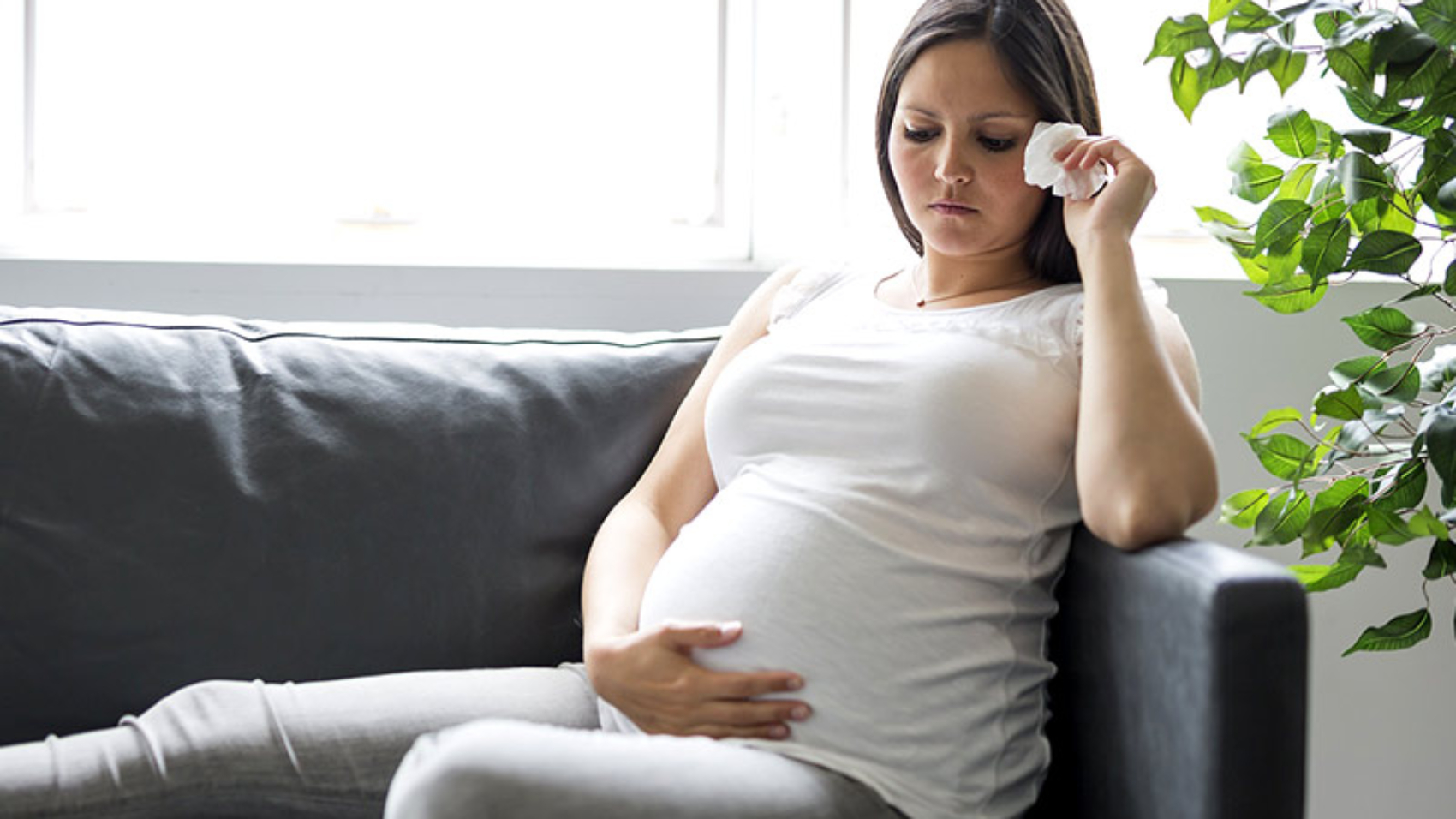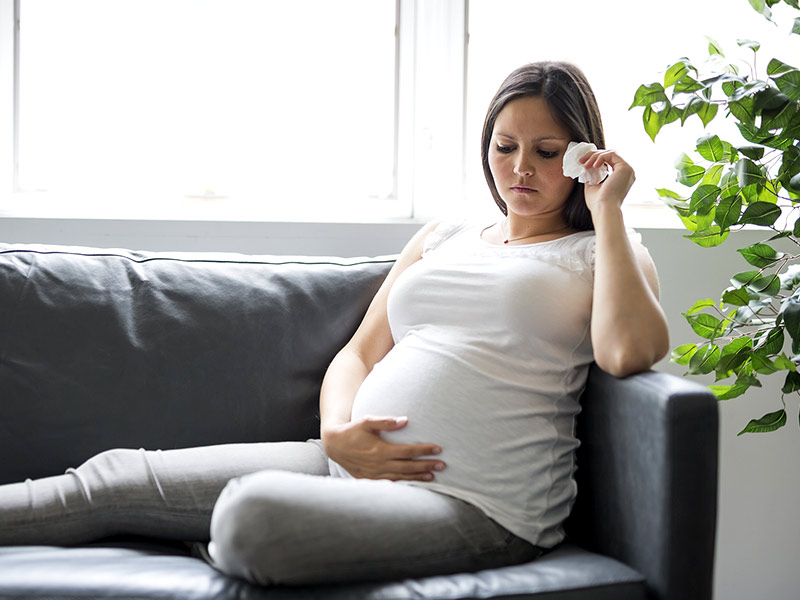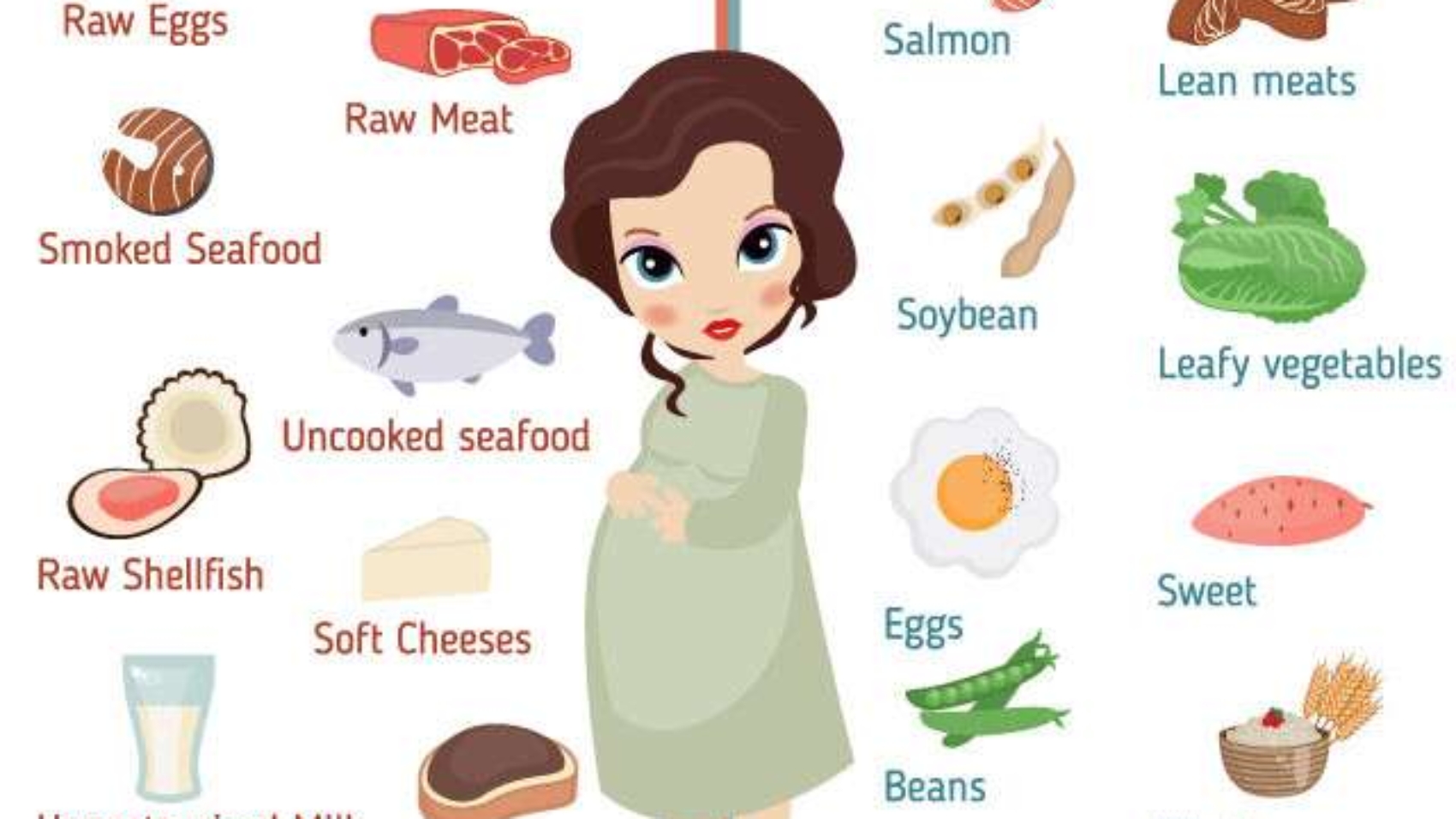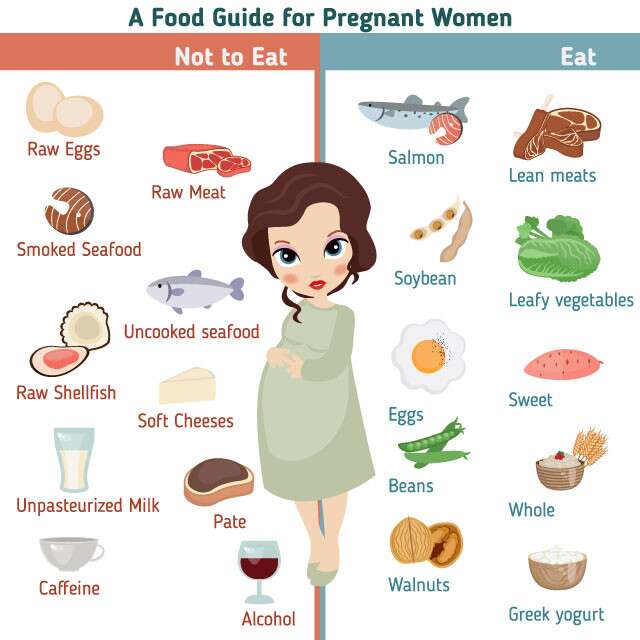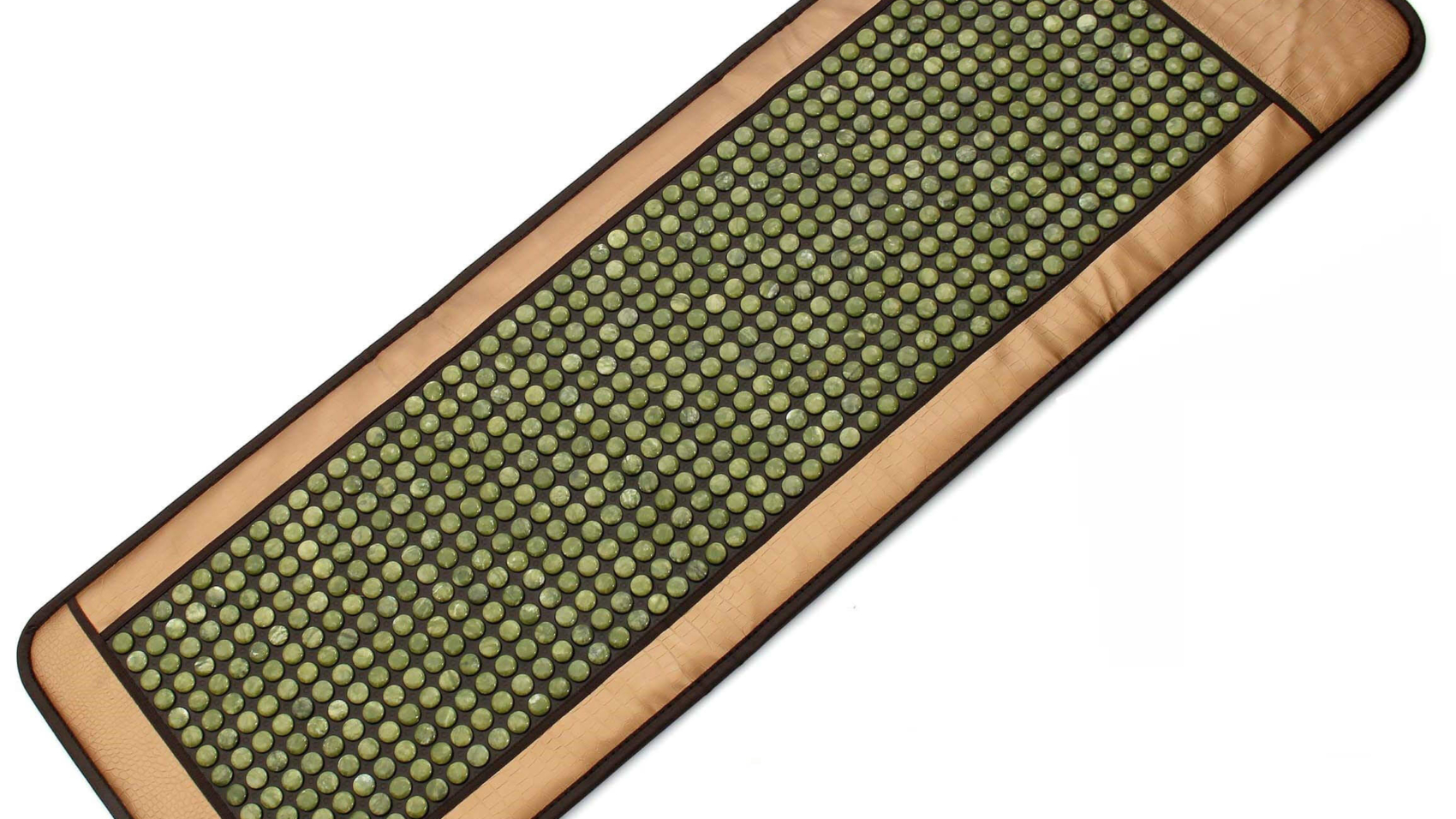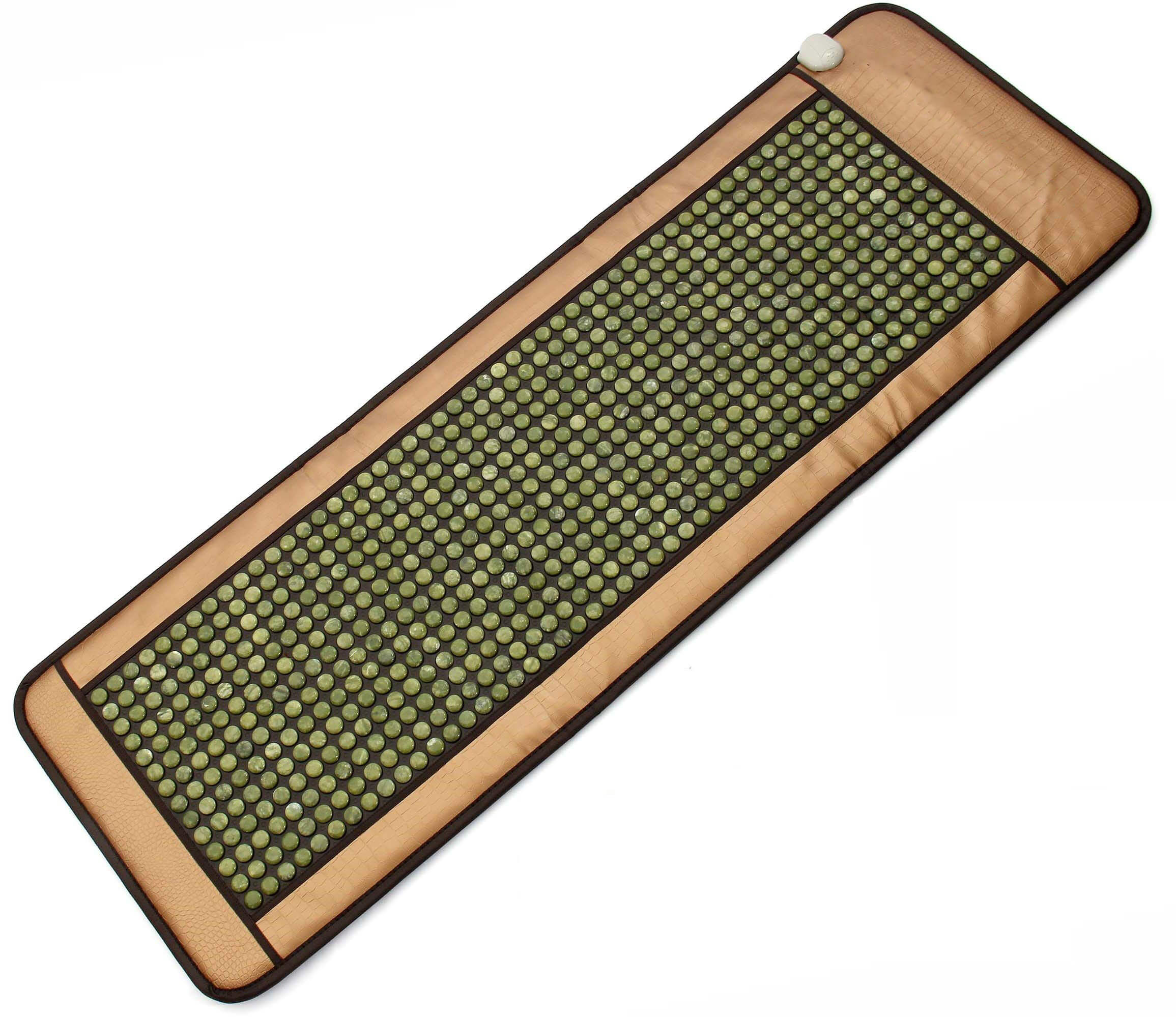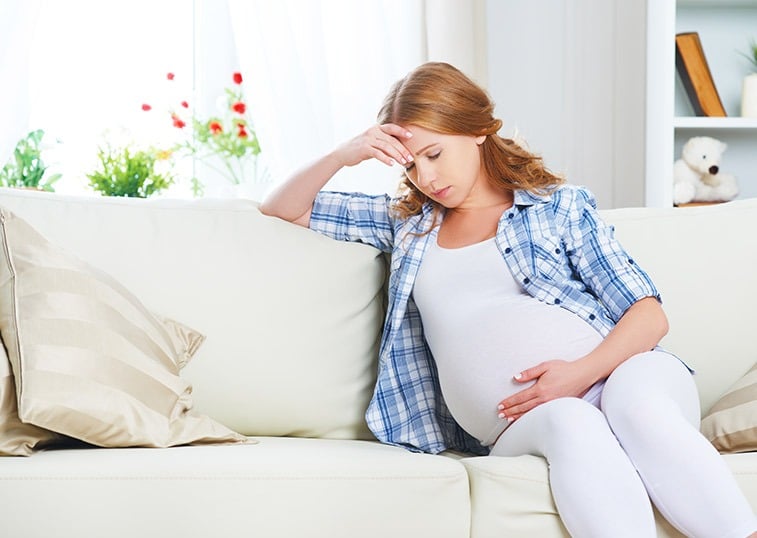
Introduction of Women’s Delivery:
Giving birth is a special journey in the vast tapestry of human experiences. Women’s delivery is portrayed in this story as a monument to the human spirit, bravery, and resiliency. We explore the inspiring tales of women giving birth in this blog, which are full of strength, hope, and beauty.
The Miracle of Life
The journey depicted in Women’s Delivery captures the astounding miracle of life. The process is one of wonder and amazement from the beginning of conception to the end of childbirth. Every stage of pregnancy is a monument to the amazing powers of the female body, as it supports and nurtures a growing life inside a woman’s body. Several significant events precede delivery, ranging from the mother’s first fluttering kicks to the emergence of microscopic features discernible on ultrasound scans. Every step of the way serves as a reminder of the amazing creative process that is taking place inside the womb.
Excitement and anticipation grow closer to the deadline, tinged with a little anxiety and fear. There is, however, an indisputable feeling of awe at the thought of bringing a new life into the world despite the whirlwind of feelings. Women’s Delivery is the culmination of months of waiting, a climax of feelings that peaks as the mother gets ready to see her baby for the first time. All of her worries and uncertainties vanish in that instant as the miracle of life is revealed to her, leaving only an immense feeling of love and joy.
Overcoming Obstacles
Unquestionably miraculous, the journey of women’s delivery is not without difficulties and unknowns. Women may face a wide range of challenges from the beginning of their pregnancy to the last moments of giving birth. These difficulties can take many different forms, from minor ailments like fatigue and morning sickness to more significant issues that call for medical attention. Anxiety and trepidation can also be exacerbated by the psychological effects of pregnancy and the expectation of giving birth.
Despite these obstacles, women are naturally resilient and can rise to challenges head-on with bravery and grace. Women overcome the challenges of pregnancy and childbirth, emerging stronger and more capable than before, with the help of their loved ones, medical professionals, and their inner strength. Every difficulty faced and overcome affirms women’s unbreakable spirit and their capacity to get past even the most difficult challenges on the path to motherhood.
Birthing as a Means of Empowerment
Fundamentally, Women’s Delivery affirms the strength and resiliency of women and is a tremendously empowering experience. Women are expected to draw from their inner stores of bravery and fortitude from the start of labor until the very end of giving birth. Women experience a sense of empowerment beyond the physical realm as they learn to manage the intensity of contractions and the uncertainty of labor.
Giving birth is a life-changing experience that gives women a sense of pride and achievement. Women are reminded of their amazing ability to nurture and sustain life at the moment of delivery as they bring new life into the world. It’s a profoundly realizing moment when the overwhelming sense of joy and fulfillment that comes with motherhood eclipses the boundaries of pain and fear. Women’s Delivery empowers women to face the difficulties of motherhood with grace and confidence by acting as a potent affirmation of their strength and resiliency.
Community Assistance
Women’s delivery is a journey that is not traveled alone. A network of love, care, and support, including partners, family, friends, and medical professionals, is there to support the journey. There is a community of people who support, encourage, and guide a woman at every stage of her pregnancy, from the moment she finds out she is pregnant to the last moments of giving birth and beyond.
Partners are especially important in helping women during childbirth by offering them both practical and emotional support. Partners are dependable companions on the path of a woman’s delivery, whether they are holding her hand during labor, speaking up for her needs with medical professionals, or just giving words of support. In the same way, friends and family can be a great source of support and strength when things are uncertain or unsettling.
Spending time together with new life
A strong link that is beyond words and explanation is formed between a mother and her child at the moment of the woman’s delivery. A woman experiences a rush of feelings when she holds her newborn for the first time, including love, joy, amazement, and awe. The world disappears for a moment, leaving only the priceless life she has given birth to. It is a moment of pure magic.
As mother and child set out on their journey together in the days and weeks that follow delivery, this bond only gets stronger. They establish a strong and lasting bond through late-night feedings, diaper changes, and tender cuddles. Their relationship will last a lifetime and influence each other’s lives in ways they never would have thought possible. In this sense, a woman giving birth is a profound act of love and connection that permanently joins a mother and her child. It is more than just a physical act.
The Function of Medical Experts
In the story of Women’s Delivery, medical professionals are essential to guaranteeing the health of the mother and the child. These committed professionals, who range from nurses and doulas to obstetricians and midwives, offer knowledgeable care and direction throughout the childbirth process. To guarantee safe and effective delivery, they provide pain management techniques, keep an eye on the status of labor, and step in when needed.
During labor and delivery, healthcare providers provide women with emotional support and assurance in addition to medical care. Their presence gives women confidence and security, which makes it easier for them to handle the intensity of childbirth. Healthcare workers are essential in influencing how women experience childbirth, whether it is through words of support, a consoling touch, or just being a quiet presence in the delivery room.
Cultural Viewpoints
Cultural beliefs, customs, and practices have a significant impact on women’s delivery experiences, which are a reflection of the varied human experiences found in various societies and geographical areas. Childbirth has great cultural significance in many communities around the world, ranging from age-old customs and ceremonies passed down through the generations to contemporary practices and ceremonies.
Certain cultures consider childbirth to be a spiritual and holy occasion, complete with customs and ceremonies honoring both the mother and the child. In other places, people rejoice over it with feasts, dances, and celebrations. The role that women play during childbirth is also influenced by cultural perspectives. While some cultures place a high value on community support, others emphasize maternal autonomy and empowerment.
Discovering Beauty in the Routine
Amid Women’s Delivery’s intensity, there’s a deep beauty that exists outside of the tangible world. Its beauty is found in the unadulterated emotion of childbirth, the tenacity and fortitude of women, and the wonder of new life emerging. Every aspect of childbirth, from the slow rhythm of contractions to the first sounds of a newborn baby crying, is filled with wonder and amazement.
A lot of women find that giving birth is a life-changing experience that permanently alters their hearts and souls. They embark on a voyage of self-discovery as they draw from their inner stores of bravery and strength to bring new life into the world. There is beauty that emerges from the midst of suffering and tiredness; it is the beauty of creation, rebirth, and the infinite potential for love.
Resilience following childbirth
After giving birth, women show incredible tenacity in overcoming the difficulties associated with recuperating from the experience. For many women, the postpartum period can be an emotionally taxing and overwhelming time, marked by everything from physical discomforts like soreness and fatigue to emotional swings and lack of sleep.
Women show amazing fortitude and tenacity in adjusting to their new roles as mothers despite these obstacles. They gracefully and resolutely navigate through the ups and downs of early motherhood with the help of their partners, families, and medical professionals. It is evidence of the resilience of the human spirit and the steadfast bond between a mother and her child, which keeps them going even in the face of adversity.
Respecting Every Woman’s Path
The Women’s Delivery experience is distinct for every woman and should be honored. Every woman’s experience is a tribute to her bravery, strength, and fortitude, regardless of whether her delivery was easy or involved more challenges and difficulties. It is a journey that, despite its difficulties or complexities, should be respected and honored.
We recognize the amazing sacrifices and contributions that women make to the world, and we honor the inherent dignity and worth of every woman by sharing and celebrating these diverse narratives. We affirm the importance of motherhood and the significant influence it has on people as individuals, families, and communities by honoring each woman’s journey.
Accepting Differences
The stories in Women’s Delivery encompass a broad spectrum of experiences, viewpoints, and cultural backgrounds, reflecting the rich tapestry of human diversity. Childbirth is associated with distinct customs, traditions, and rituals that are representative of the values and beliefs of various cultures, regions, and communities.
The experience of women’s delivery is as varied as the women who undergo it, ranging from customs handed down through the generations to contemporary methods impacted by developments in medical science. While some cultures emphasize individual autonomy and choice, others place a strong emphasis on collective birthing practices and communal support.
We can better understand the variety of ways that women experience childbirth and motherhood when we embrace this diversity. It serves as a reminder that there is no one-size-fits-all method when it comes to women’s delivery and that every woman’s experience is unique and worthy of respect.
Education and Advocates
We advocate for increased maternal health awareness, support, and education by sharing our stories of women’s deliveries. The experiences of women giving birth are far too frequently marred by cultural taboos, misconceptions, and myths that reinforce stigma and shame.
To break down these barriers, advocacy initiatives encourage candid discussions regarding women’s delivery and maternal health in general. By increasing awareness of the significance of having access to high-quality healthcare, making educated decisions, and receiving considerate maternity care, we can enable women to make decisions that are consistent with their needs, preferences, and values.
To provide women with the information and tools they need to successfully navigate the challenges of pregnancy, childbirth, and postpartum care, education is essential to this advocacy process. Education enables women to actively participate in their health and well-being, from online resources and support groups to prenatal classes and childbirth education programs.
The Value of Mental Wellness
Women’s delivery includes mental and emotional health in addition to physical health. Being a mother can be a turbulent time, full of mixed emotions that can range from excitement and joy to fear and anxiety.
During this time of transition, it is crucial to give mental health and emotional well-being top priority. Women may encounter a variety of mental health issues that call for assistance and intervention, from the hormonal swings of the postpartum phase to the stress and lack of sleep associated with becoming a mother at a young age.
Through de-stigmatizing discussions regarding maternal mental health and facilitating the availability of mental health resources and support services, we can guarantee that women obtain the necessary care and assistance to flourish during this crucial period. There are numerous ways for women to put their mental health and well-being first as they navigate the journey of women’s delivery, from peer support groups and counseling and therapy to self-care routines.
A Self-Discovery Journey
Women’s Delivery is a life-changing experience for a lot of women, revealing to them aspects of their inner strength, bravery, and love-making potential that they never would have known existed. Throughout the entire pregnancy journey, from discovering they are expecting a child to pushing through labor, women experience a significant metamorphosis that alters their identities and priorities.
It’s a journey filled with both brave and fearful, happy and sad, and resilient and vulnerable moments. Women find new levels of inner strength and fortitude through it all, drawing from reserves of bravery and tenacity they were unaware they had.
Women learn to trust their gut feelings, speak up for themselves, and accept the unknowns of the journey ahead as they navigate the difficulties of pregnancy, childbirth, and early motherhood. They gain a renewed sense of self-assurance, purpose, and confidence in the process, which enables them to face the difficulties of motherhood with grace and resiliency.
Respecting the Strength of Women
The stories in Women’s Delivery are, above all, an ode to the unwavering strength of women, a strength that is most evident when a woman gives birth. Women have a strength and resilience that is indescribable, from the first stirrings of labor to the last push of childbirth.
It’s a strength that includes the spiritual and emotional aspects of childbirth in addition to physical endurance. It’s the ability to stand up for one’s needs and preferences in the face of opposing viewpoints and advice, to bear suffering and uncertainty with dignity, and to love fiercely and unconditionally in the face of difficulty.
We acknowledge the enormous sacrifices and contributions that women make to the world by celebrating their strength. We honor their bravery, tenacity, and unshakable dedication to their families’ and communities’ welfare. We pledge to build a society in which all women are respected, empowered, and supported in embracing the journey of women’s delivery with bravery, self-assurance, and dignity.
In summary
The stories of Women’s Delivery stand out as a testament to beauty, strength, and hope in the tapestry of human experiences. Every narrative is a patchwork of feelings, difficulties, and victories connected by the enduring themes of love and resiliency.
Women’s Delivery captures the breathtaking miracle of life, from the amazing moment of conception to the joyous occasion of childbirth. It’s a journey full of hope, doubt, and deeply moving moments of love and connection.
Women give birth with incredible bravery and resiliency, overcoming obstacles and embracing diversity while standing up for their health and welfare. Supported by partners, family members, healthcare professionals, and their inner strength, women navigate through the complexities of childbirth with grace and dignity.
The richness and complexity of human diversity are reflected in the diversity of Women’s Delivery stories, which are as varied as the women who experience them. Every woman’s journey is different and deserves to be celebrated, encompassing both personal preferences and choices as well as cultural traditions and rituals.
We reaffirm our commitment to establishing a world in which every woman receives the attention, assistance, and respect she deserves as we celebrate the power, resiliency, and beauty of women’s births. It’s a journey full of beauty, strength, and hope that serves as a constant reminder of the extraordinary strength of the human spirit and the limitless potential for love that every one of us possesses.



